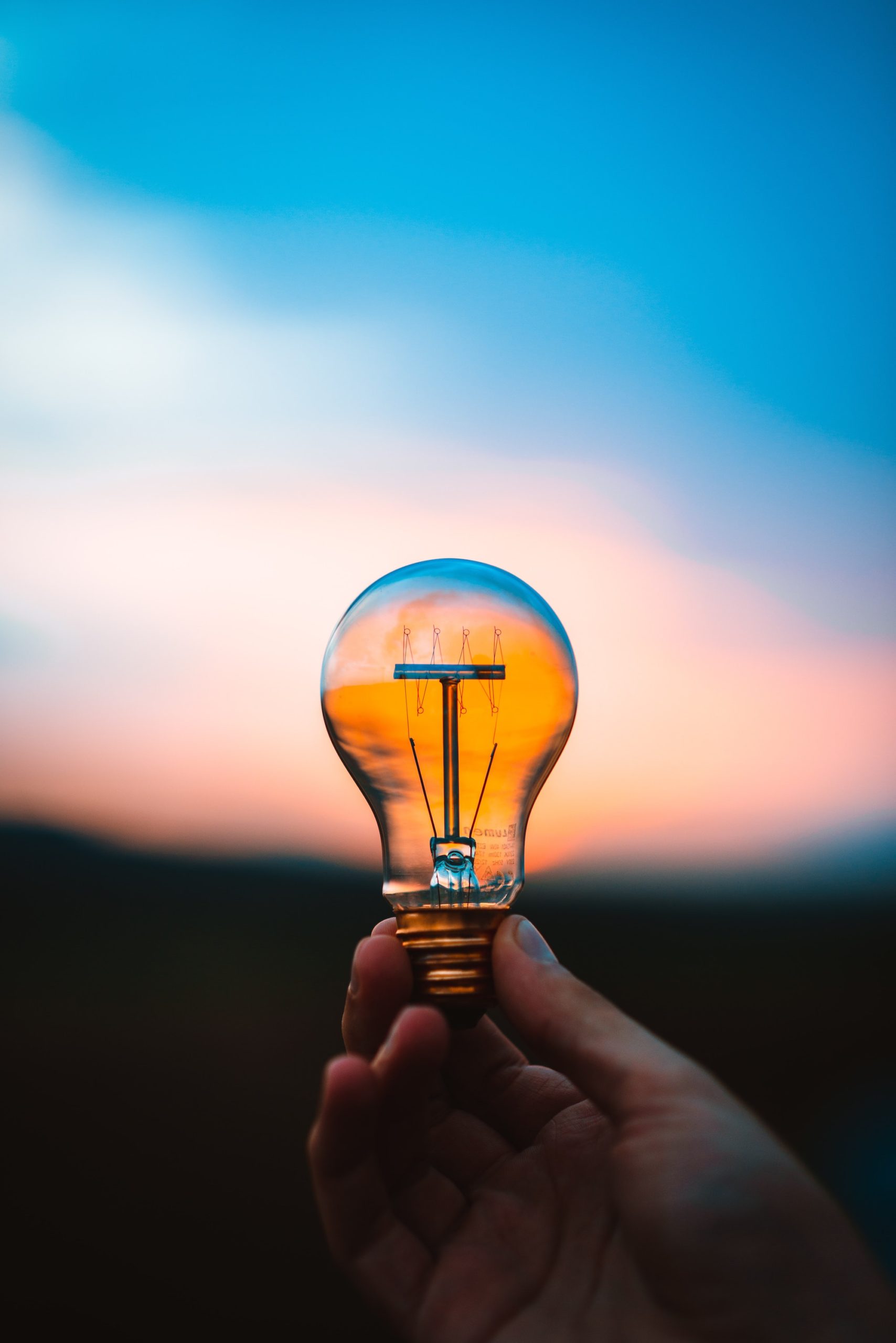BEING CONSCIOUS. HAVING EMPATHY. Nothing really to argue with yet, right?
Right. It’s what you do with it that really matters, however. That’s where the debates all start. When you turn consciousness into being a Conscious Marketer, that’s when the games all begin!
Being conscious is a mental state, but Conscious Marketing is a much more active state for brands. It’s one thing to be conscious, but it’s all together something else to do something impactful with that consciousness.
Conscious Marketing is active, not passive.
Conscious Marketing is more than just watching—it’s doing. Conscious Marketing means making a true difference in consumers’ lives, not just offering a function. Conscious Marketing means looking beyond the product.
Conscious Marketing is being active and having intent.
Let me show you what I mean, with Tide as a great example. Like any high-quality laundry detergent, Tide gets clothes clean, gets rid of stains, brightens whites, and makes clothes smell fresh. Any laundry detergent can do that.
As a consumer, there are many ways to learn about and understand the many functional benefits of Tide, the website being a primary source where every SKU is outlined and every feature is analyzed. There is no shortage of product information available on any of the Tide products!
When it comes to Conscious Marketing, there’s so much more to Tide than just laundry products. Tide goes beyond its product benefits with its very own and very effective Conscious Marketing.
Through its many communications touchpoints, the brand Tide relates emotionally to consumers who take care of their families, no matter the type of family. The brand has consciously paid tribute to stay-at-home dads, for example, by authentically showcasing them and relating to their own unique situations. Just one example.
Tide does even more than just relate emotionally to the pressures of parenting. Tide is much more active than just that.
For example, Tide also acts as a first responder by sending truckloads of washing machines and dryers into areas where natural disasters have caused devastation. Tide helps those in need get their families’ clothes clean. The brand calls it “Loads of Hope.”
This is Conscious Marketing that is both active and full of intent.
In this manner, Tide continually proves that it’s being conscious by fulfilling on emotional needs and by being an active member of communities in need. And, of course, Tide supplies great laundry detergent options.
So much more powerful than any thirty-second television commercial could ever be. Conscious Marketing, not advertising.
So yes, Conscious Marketing does mean becoming more active in the communities in which brands do business. Giving back is part of it, but Conscious Marketing takes it a step further to make sure brands are true members in their communities, right alongside consumers. Living and breathing the same air, so to speak. Not just doing business but doing what the other members of the community are doing as well. Not just writing a check, but actually physically and emotionally contributing to the community.
For Tide, it’s showing up to help those in need get their families’ clothes clean. For Tide, it’s literally doing the laundry!
There’s one key point buried in all of this that I have to make clear about Conscious Marketing, and it is absolutely certain—Conscious Marketing takes profit out of the equation. Profit is not a part of the discussion. That’s not to say that brands shouldn’t make money. It’s not about making or not making money.
Publicly traded or private, brands are businesses, and they must generate a return to their constituents. Hands down. Even nonprofits make a profit; they are just required to funnel that profit back into the organization.
Conscious Marketing is not about not making money, but it is about not prioritizing it in a brand’s actions.
Conscious Marketers prioritize their activities and prioritize their communications around their consumers’ needs. While profit might still be there, it isn’t front and center. Profit is not the central intent, even though brands still make money in the process.
Consciousness is the intent, and then so too will come profit.
Profit is not front and center; consumers are. The collective community is front and center. The brand’s number one priority is satisfying consumers. Helping consumers. And yes, it’s perfectly acceptable to make money in the process.
Tide has a profit motive for sure. As it’s part of a publicly traded company (P&G), we can’t expect otherwise. But Loads of Hope puts that profit motive on the back burner and instead prioritizes consumers who are in need, placing the brand in action to help. With Loads of Hope, Tide is right in the middle the community, all with active intent.
By the way, consumers don’t want to think about brands any other way. They don’t want to think about brands making money, even though they know that’s the case. That’s why Conscious Marketing has become such a shift in how brands go to market and how consumers bring brands into their lives. Because brands understand them and help them!
Tide has its own way of being a Conscious Marketer, but every brand gets to decide its own course…



